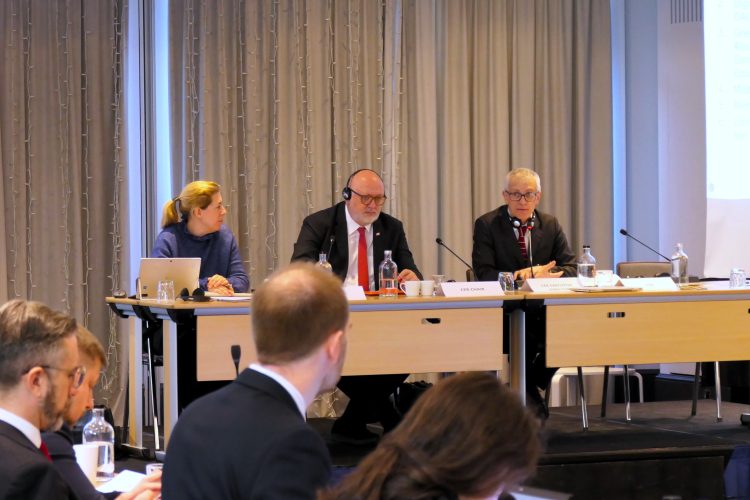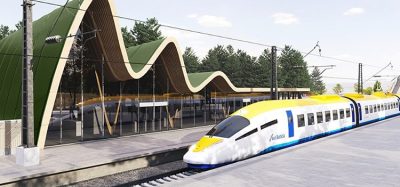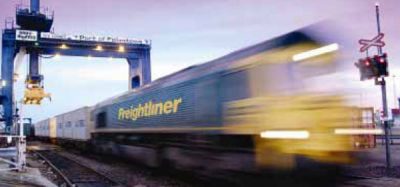European rail CEOs set Strategic Vision & Key Priorities for 2025
Posted: 20 February 2025 | Elizabeth Jordan - Global Railway Review | No comments yet
Europe’s leading rail CEOs gathered today for the Management Committee and 75th General Assembly of the Community of European Railway and Infrastructure Companies (CER) to discuss the ambitious work programme for 2025 and beyond.


An evaluation was also conducted on the Recovery and Resilience Facility Regulation. The completion of the Trans-European Networks for Transport (TEN-T) is vital for the European rail sector. The Connecting Europe Facility (CEF) has funded TEN-T projects despite its limited budget. However, the upcoming Multiannual Financial Framework (MFF) may not include a new CEF, potentially shifting to a model based on national investment plans, like the Recovery and Resilience Facility (RRF). To ensure adequate funding for TEN-T and other rail priorities, corrections are necessary:
- Guaranteed Funding: Maintain rail sector envelopes at EU and national levels for budget certainty and ensure timely implementation of EU priorities and TEN-T parameters.
- RRF Spending and Cross-Border Sections: Manage funding for cross-border rail projects, including ERTMS, on the EU level. Provide preferential co-financing rates for cross-border sections and large-scale EU technological projects.
- European Semester & Competitiveness Framework: Focus on transport issues, encourage reforms, and allocate investments in rail. Consult stakeholders in national investment plans and standardize reporting procedures.
- Climate Tracking, Digital Tagging, and Energy Efficiency: Adjust RRF methodology to better reflect rail technology and operations. Set energy efficiency targets recognizing rail’s advantages.
CER Chair Andreas Matthä, CEO ÖBB Holding-AG, said: “The Community of European Railways sends a clear message today: substantial dedicated funding for rail infrastructure, especially cross-border projects, is critically needed. Given the complexity and long-term nature of these projects, the EU budget structure must support the full implementation of the TEN-T network. To achieve this, a minimum of 100 billion euros in EU co-financing is essential, along with the continuation of the vital Connecting Europe Facility (CEF)”.
CER Executive Director Alberto Mazzola said: “Rail infrastructure investment is an investment in Europe’s future. By prioritizing digitalisation, sustainability, and connectivity, we can ensure a resilient and efficient transport network that meets the needs of our citizens and businesses. High-speed rail, in particular, will play a crucial role in connecting all EU capitals and major cities, fostering economic growth, and promoting a sustainable modal shift. Higher rail maritime connectivity in ports will increase rail modal shift in domestic and international trade”.
Stay Connected with Global Railway Review — Subscribe for Free!
Get exclusive access to the latest rail industry insights from Global Railway Review — all tailored to your interests.
✅ Expert-Led Webinars – Gain insights from global industry leaders
✅ Weekly News & Reports – Rail project updates, thought leadership, and exclusive interviews
✅ Partner Innovations – Discover cutting-edge rail technologies
✅ Print/Digital Magazine – Enjoy two in-depth issues per year, packed with expert content
Choose the updates that matter most to you. Sign up now to stay informed, inspired, and connected — all for free!
Thank you for being part of our community. Let’s keep shaping the future of rail together!
Related topics
Funding & Finance, Infrastructure Developments, Procurement, Refurbishment, Regulation & Legislation, Sustainability/Decarbonisation







